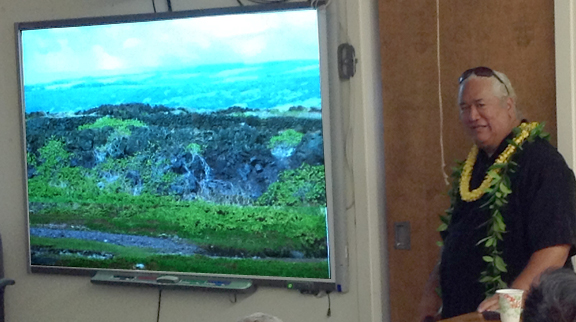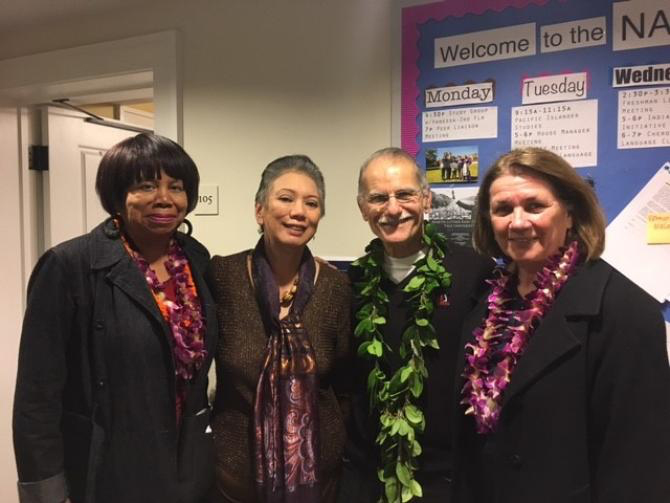I am adding a new subcategory to obookiah.com I’m calling Digging for Treasure in Old Books. These posts will tell my story behind how I found antiquarian books I have purchased that add new insights to my Christian History of Hawai‘i research.
Location of the burial place of Samuel Mills Jr.
Samuel Mills Jr. of Torringford, Connecticut died at sea on June 14, 1818 off the northwest coast of West Africa aboard the English merchant brig Success during a voyage from Sierra Leone to London. His body was soon buried at sea.
I have a copy of a letter written by the Rev. Ebenezer Burgess, Samuel’s companion on this journey which concluded a surveying tour made south from Sierra Leone earlier in 1818. His journey, though fatal, resulted in the founding of the freed slave nation of Liberia.
Where exactly Samuel was buried has remained a mystery to me. I knew the passage north along the coast of West Africa took about two weeks.
Thanks to a timely recent purchase of a rare book I now know the latitude where Samuel’s body was buried at sea. My purchase of this book was happenstance. I noticed a fair condition copy of a volume of New Haven-published Religious Intelligencer weekly newsletters from 1818-1819 had come up for auction. I knew from experience that the editor of the Religious Intelligencer sometimes received news and letters through Connecticut connections. Often these unique reports failed to appear in the much more widely distributed Boston-published Missionary Herald, the official monthly publication of the American Board of Commissioners for Foreign Missions.
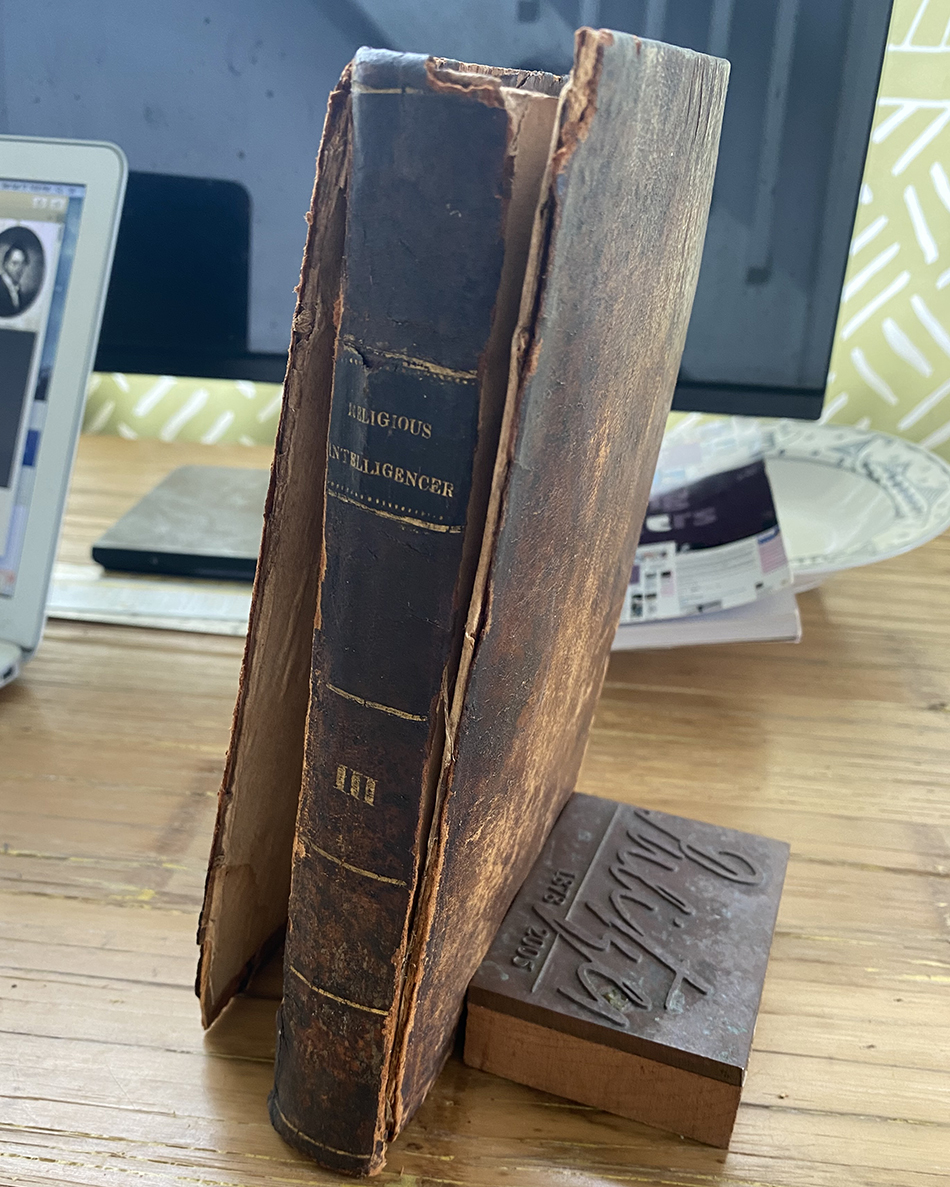
My fair-condition copy of the New Haven-published Religious Intelligencer 1818-1819 purchased in March 2020 at a reasonable cost. Inside lay the location of the burial at sea of American foreign missions pioneer Samuel Mills Jr. Author’s photo
Fortunately, perhaps due to condition issues, the bidding was light for my copy of the Religious Intelligencer, an annual bound volume for 1818 with some issues from 1819 tucked in. Some annual volumes of the Religious Intelligencer are available online, and can be key word searched for words like “Obookiah,” “Sandwich Islands,” etc. Some issues in the volume I purchased were unavailable online, thus I wondered what I would find as I scanned through the book
Books from the Second Great Awakening era in New England (approximately 1790-1830) are generally printed on rag paper, that is paper made from recycing rags, rather than from wood pulp. Rag paper lasts fairly well.
I scanned through the old book’s tanned, but still very legible pages, searching for something new for my extensive data base of Christian History of Hawai‘i materials.
In what looks like a New Haven exclusive, in the October 10, 1818 issue of the Religious Intelligencer editor-publisher Nathaniel Whiting printed a brief note sent to the American Colonization Society from Ebenezer Burgess, posted via an American ship sailing from England. This note alerted New England Christiandom of the death of Samuel Mills Jr. off of West Africa. Mills’ watch may have accompanied the letter, for a rider later approached the Rev. Samuel Mills in Torringford and broke the news of Samuel’s death, producing his son’s watch perhaps to validate the account.
Below is a photo of a selection from the first report of Samuel’s death as it appeared in the issue of the Religous Intelligencer. In the report Burgess carefully notes the latitude of the burial site of Samuel’s remains. The latitude places the burial within nautical minutes of the boundary line of the Tropic of Cancer. Now I knew fairly closely where Samuel was buried, a fact I had never come across in decades of research into the lives of Mills and ‘Ōpūkaha‘ia.
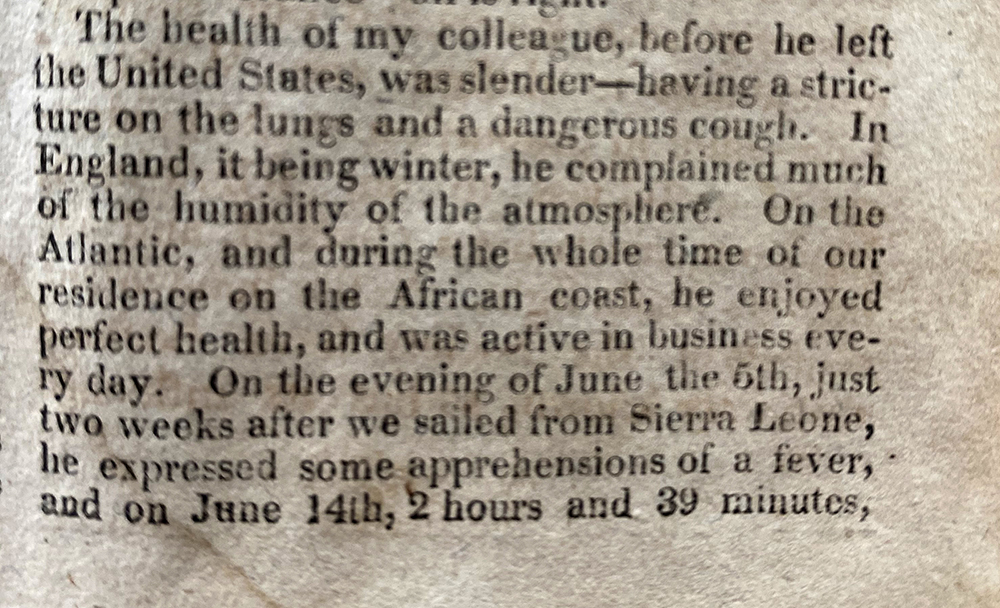
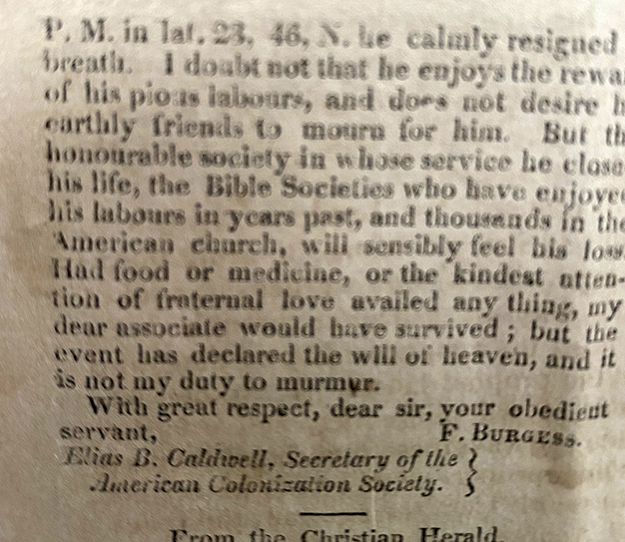
An account of place and date of death of Ameican foreign missions founder Samuel Mills Jr. off coast of West Africa, from October 10, 1818 issue of the Religious Intelligencer.
Samuel passed at age 36. He is a key figure in the Christian History of Hawai‘i. In 1809 he met Henry ‘Ōpūkaha‘ia at Yale and immediately envisioned sending a mission to the Hawaiian Islands. Samuel brought Henry home to Torringford to live in the family parsonage in Litchfield County, Connecticut. The Mills family made Henry a member of their ‘ohana, providing the stability of family life he longed for since the murder of his parents following the Battle of Kaipalaoa in Hilo in 1796.
Samuel and Henry were to lead the pioneer mission to Hawai‘i. But Henry died of typhus fever in Cornwall, Connecticut in February 1818, preceding Samuel in death by about four months.
Samuel led the legendary Haystack Prayer Meeting held at Williams College in 1806 (perhaps 1808) that led to the launching of Protestant foreign missions from the United States. He cofounded the Brethren foreign missions supporting secret society. Samuel petitioned the heads of the Congregational Church in Massachusetts to form a foreign missions board resulting in the creation of the American Board of Commissioners for Foreign Missions. He played a key role in forming the American Bible Society, and he died with hopes of ending slavery in the United States by surveying lands for a freed slave colony in West Africa.
My widespread reading of materials linked to Hawaiian history in print and online often inspires me to purchase my own original copy an antiquarian book, booklet, illustration, tract, sermon or newspaper. To find original copies I search in abebooks.com, I receive key word alerts from eBay, I’m sent online catalogs from antiquarian book dealers like New England maritime specialist Ten Pound Island in Gloucester, Mass. I’m sometimes given a book, or a lead to a book.
I do hit deadends where my searching finds no copies for sale, or am priced out of a purchase.
Sometimes I underestimate the value of a random purchase. I have a pretty beat up copy of a rhetorical Sunday school book that has a mother answering questions posed by her children regarding the Sandwich Islands Mission. There is even a page of questions about surfing in this late 1820s book. I purchased this small leather bound book – which lacks a front cover and is missing the frontispiece illustration – for about $10. A bidder who told me she fell asleep and missed the late night final bidding on the book, sent me an email after the auction and asked if I planned to donate the book to a library collection. In response to this note I did a search in worldcat.org, the online global scholarly book catalog, and discovered my book was a very rare first edition copy, in fact it looks like there is only one other first edition copy in public collections.


